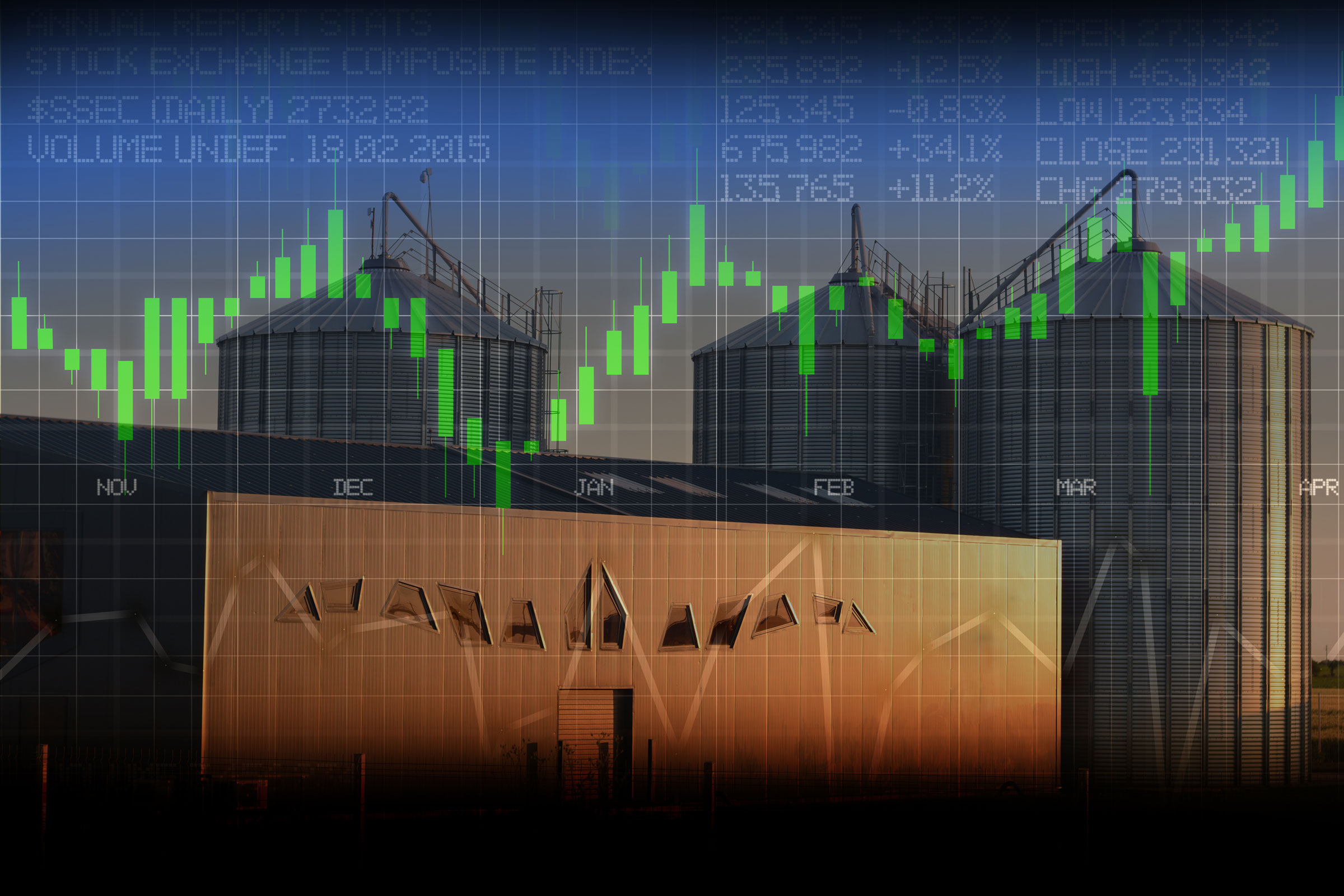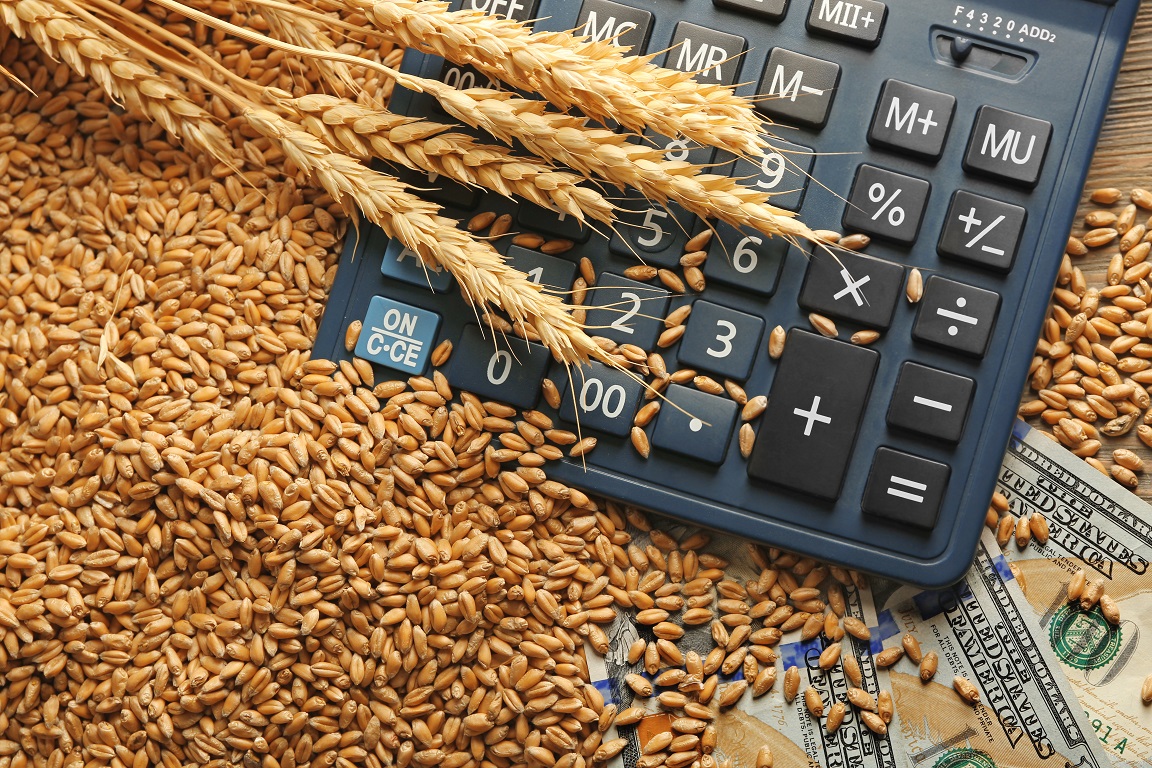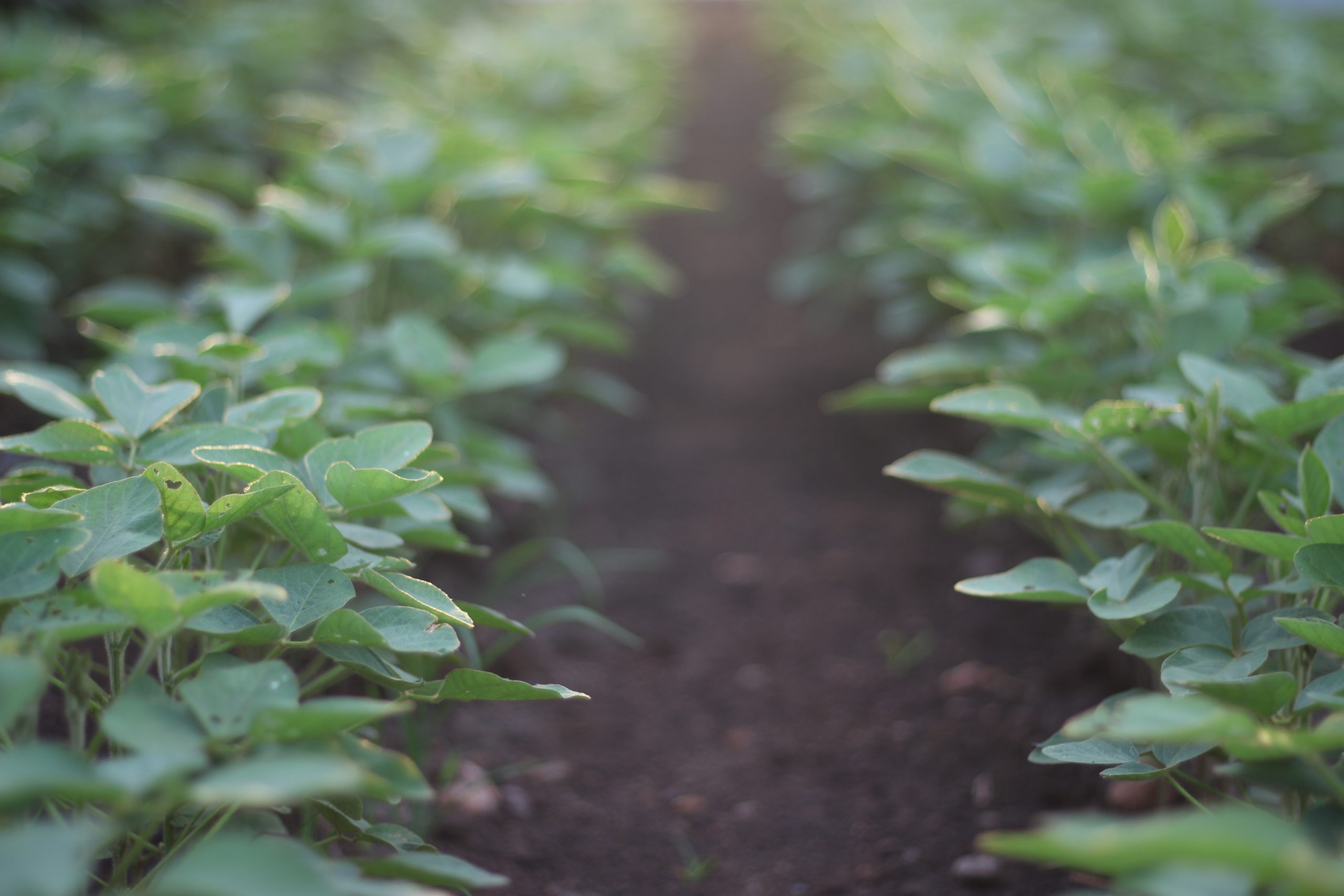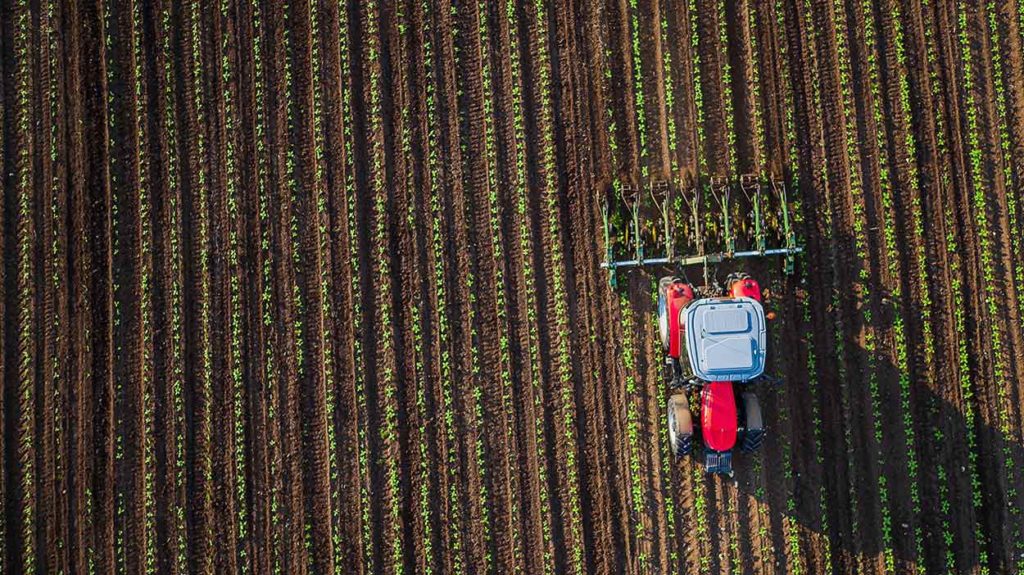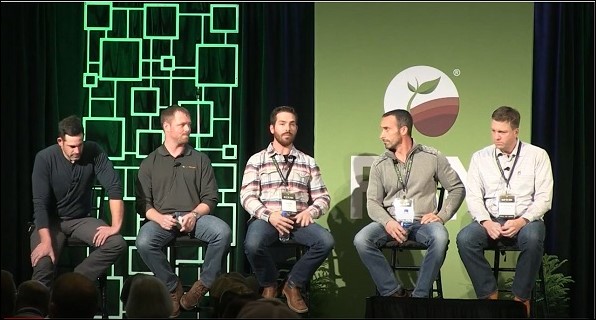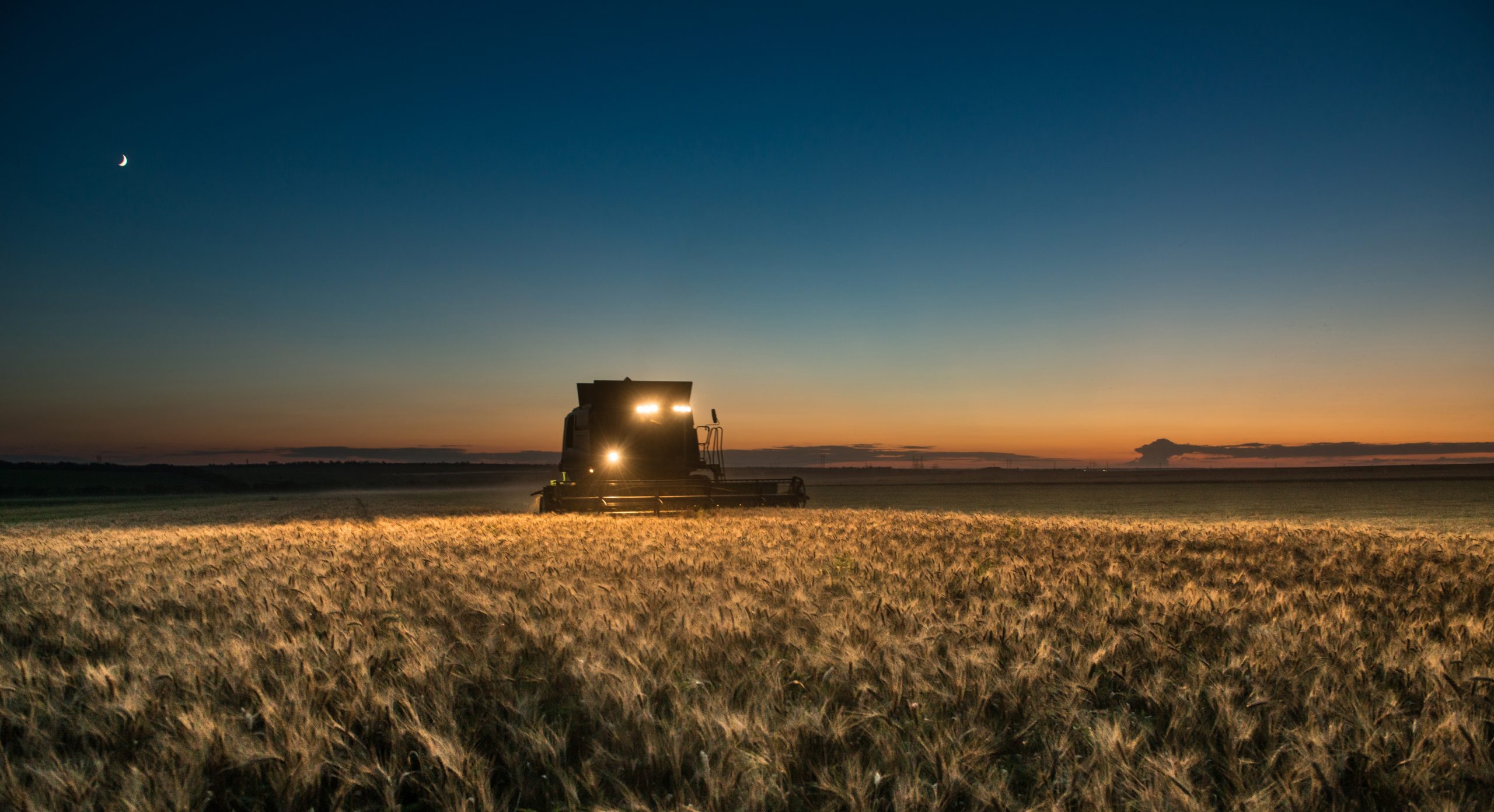- Published On: November 17, 2020
- Author: Bryce Irlbeck
Yield is often the top priority in farming. The truth, though, is that the highest yields will not necessarily result in the highest ROI. And this is especially the case for organic production.
We know good execution results in the best yields, but the best way to maximize your crop profitability is to know your numbers. Specifically, yield averages, execution capacity, fertility costs, breakeven yields and crop prices, and crop insurance guarantees.
Know your yield averages
Many organic farmers overestimate their organic yield potential when figuring out their budgets. Planning for unrealistic scenarios can end up lowering your profits. It can also cause you to invest money into a crop that’s not likely to provide the returns you’re hoping for.
This is why it’s critical to use realistic yields for your organic crops. You can do this by keeping good records of your yield history. If you’re new to organic farming and don’t have those records, your next best option is to use accepted averages. Farmers in your community as well as AgriSecure can help you figure out what to expect in your county or state.
When in doubt, always be conservative. Thanks to the premiums you get for organic grain, crop profitability does not rely on yields alone.
Understand your execution capacity
Another factor to keep in mind when setting yield goals is your execution capacity. If you’re growing 5,000 acres of organic corn, your approach will be much different than managing 500 acres. Your ability to execute will have a direct impact on your yields.
AgriSecure members can get a good understanding of their operational ability with the Execution Capacity tool in the MyFarm platform. Once you put in your plans, the Fieldwork Metrics tell you how many total acres you will need to cover in the season. It further breaks down number of acres for each activity type by month.
You should also be aware of historical weather data in your county. This helps determine the minimum, average, and maximum number of days available to get fieldwork completed. Pairing this data with the Fieldwork Metrics helps you calculate how much equipment and labor you need to achieve your plans in a doable timeframe.
Calculate your breakevens
Once you have realistic yield goals set and an understanding of your resource capacity, you can make smart decisions about whether to push for higher yields. When figuring a break even yield for organic, there are many different variables to consider. And many of them can significantly impact your ROI. Be sure you understand how variables such as litter, weed control, nutrient needs, and other costs interact with each other. Taking all these factors into account is the right way to determine how you’ll achieve the best ROI for your farm.
Let’s do the math for crop profitability
Say you have a contracted organic corn price of $8.25 per bushel and are expecting to bring in around 200 bushels per acre, even though the average has been 150 bushels per acre in the past.
Your revenue for 200-bushel corn would be $1,6500.00. That is $412.50 more than 150-bushel corn.
The cost for your seed, fertilizer, crop protection, fieldwork and other expenses is $1050.00 for 200-bushel corn and $781.60 for 150 bushels. In other words, it is $268.40 more for the higher yield goal.
This pencils out to a breakeven yield of about 127 bushels for 200-bushel corn and 95 bushels for 150bushel corn. If everything goes right, you will make a $600 profit for the 200-bushel corn vs. $455.90 for the 150 bushel scenario. However, if you don’t hit your yield goals the dollars at risk are much greater going for 200 bushels.
You can also use breakevens to evaluate the cost compared to the value of an incremental bushel. To calculate this, subtract your breakeven price (in this example, $5.25) from your per-bushel price ($8.25) and divide by half, because you have a 50% chance of either going above your yield average or below it. This leads to a $1.50 return on investment for every bushel above 200.
Knowing the ROI of an incremental bushel is useful for crop profitability. It can help you determine where to deploy your money to get the absolute highest return. On B&B Irlbeck Farms, we aim for at least $3 back for every extra dollar invested. In this case, going for 200 bushels only has a potential ROI of $1.50.
But don’t forget, there are many variables that impact the overall outcome for organic production. It is important to know what these variables are and address as many of them as possible when making your plan. Keeping your expectations realistic is also key to your success.
Don’t forget about crop insurance
You’ll want to mitigate risk as much as possible. As an organic farmer, you probably won’t be raising only corn and soybean crops. You will grow multiple crops with many different food and feed grades. As a result, it makes sense to ensure you have the right crop insurance guarantee in place.
Collect accurate data
The most accurate way to run your calculations is by using the best available information for your farm. In other words, collect and manage your data. Estimates can be a good place to start if you don’t have any of your own data. Still, we urge you to replace it with actual numbers from your farm as soon as you can.
It goes without saying, but you will want to be sure the data you collect is as accurate as possible. But don’t worry, you don’t need the most precise technology available. Gathering useful data does not require an expensive yield monitor or software system.
We believe in following the 80/20 rule. That is, 20% of your data will drive most of your calculations and plan. So just focus on what is most important. The reason you’re collecting data is to understand crop profitability on your fields. Gather only what you need to make informed decisions.
AgriSecure MyFarm
The MyFarm platform is a great option for organic farmers to track and manage their data. Developed specifically for organic farms to streamline the information required for certification, it takes minimal effort to put in your economic data on top of the other data you have to report. AgriSecure kept the platform as simple and user friendly as possible so you can update it anywhere. After you input your numbers, it does the financial calculations for you.
AgriSecure can help
If you’re interested in learning how you can utilize the MyFarm platform to know and understand your farm’s numbers, please reach out to us today with your questions. Better yet, go ahead and schedule a call with us. We look forward to talking with you.
By Bryce Irlbeck, AgriSecure Founder and Owner of B&B Irlbeck Farms, and Steve Sinkula, AgriSecure Founder and CEO
Related Articles
-
Imports Have an Impact on Organic Crop Prices: Here’s Why
Organic soybean prices are skyrocketing. The Jacobsen reported that prices were up to $32 per bushel in the Midwest in May 2021. What’s behind this impact on organic crop prices? And why aren’t organic corn premiums keeping up? In short: it’s all about supply and demand, especially imports, says David Becker. David is an analyst […]
-
New Options Offer Farm Loans for Organic Transition
If securing farm loans for organic transition feels daunting, we have some good news. It’s not as hard as it used to be. In fact, there’s a number of new options that could provide a solution for you and your operation. Traditional lenders, farmland investors, non-profits, and even big food companies are starting to create […]
-
Organic Farming Loans Support Growers during Transition
Ask a farmer what’s keeping them from transitioning to organic row crops, and you may be surprised to hear a common answer. Finances. It’s often a struggle to find organic farming loans tailored to their needs. Yes, organics offer excellent premiums and can bring long-term profitability. But first you have to get through the 36-month […]
-
Organic Breakevens: What to Know and How to Calculate
If you’re thinking about organics, you’ve probably debated whether it’s going to pay off — literally. Yes, the price premiums are good, but you’ve heard your yields will take a hit. How can you predict profitability? The answer: calculating your organic breakevens. What are an organic breakevens? Simply put, it’s a way to calculate what […]
-
6 Ways to Protect Organic Profits in Uncertain Times
Economic uncertainty hits all sectors of the agriculture industry, including organics. The good news? It’s possible to safeguard your organic profits. For a start, it’s even more important for organic farmers to focus on executing their operations really well. The better the execution, the better you can weather the market conditions and remain profitable. Here […]
-
5 Steps for Financing the Transition to Organics
Profits. They’re one of the primary reasons farmers decide to move into organic production. Financing the transition to organics, though, can be one of your biggest hurdles. That’s why the support of a banker or ag lender can be a lifeline for farmers looking to get into organics. The right backing helps you build an […]
-
4 Keys to a Strong Organic Fertilizer Strategy
Questions about an organic fertilizer strategy are common in organic farming. How do I provide enough nutrients? In particular, nitrogen. How do I manage my crop and soil without using synthetic fertilizers? Fertilizer can come from a variety of organic sources, including animal waste, decomposing plants, and nitrogen-fixing crops like soybeans and clover. So it’s […]
-
Consider Organic Farming? Yes.
With so much economic uncertainty caused by the COVID-19 pandemic, you may be wondering: Is now the right time to transition into organic crop production? Is this the right time to increase the number of organic acres you’re already farming? My answer, yes. Current market conditions, falling commodity prices for conventional crops and somewhat lower […]
-
80 Million Millennials Can’t Be Wrong: Farmer Panel
80 million millennials are a part of the driving force behind the rapid growth of organic food demand. So why aren’t more farmers transitioning into a system that sees premiums of 2x over conventional and profitable margins? In a panel that took place at FBN’s Farmer2Farmer V event, AgriSecure co-founder and organic farmer Bryce Irlbeck […]
-
The Impact of COVID-19 on Organics Marketing
With COVID-19 causing conventional corn and soybean prices to fall, organic farmers may be wondering how the pandemic is going to affect their marketing plans. Currently, organic corn prices are down because of strong production in 2019 and higher imports. Prices for organic soybeans, on the other hand, have risen due to a decrease in […]
Get in the know
Our newsletter, it’s a quick read. You’ll get industry news plus all the latest organic insights. Who doesn’t want that?


